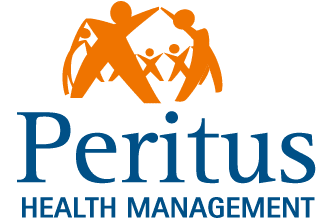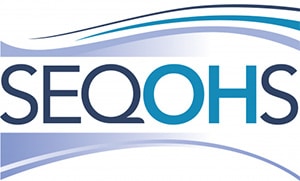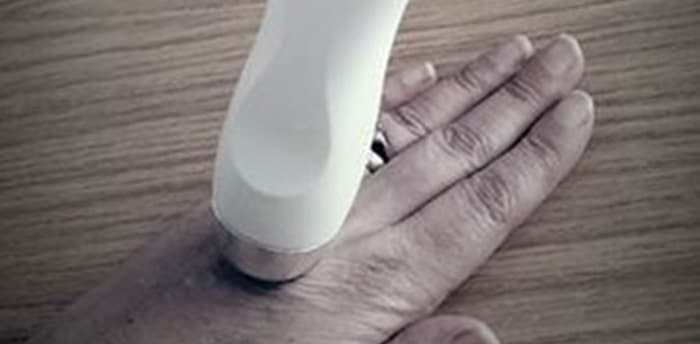Skin surveillance
We recommend a tiered approach to skin surveillance:
- Skins checks – simple questionnaire and examination of the skin on the hands undertaken by a competent person.
- Skin Investigations – assessment of exposure (work and domestic) and symptoms by qualified and competent Occupational Health professional.
- Doctor assessment – formal investigation and diagnosis by a doctor.
Peritus Health Management offers training for responsible persons to ensure competency in undertaking skin surveillance checks so that employees can be monitored on site and referred for a skin investigation if problems are identified.
Skin surveillance checks on their own take 15 minutes.
Where there are communication difficulties, it may take longer.
Where someone is identified as having a skin problem which may be work-related, it needs to be investigated further. This involves checking:
- A full occupational and exposure history
- Past medical history
- The hand care routine
- Symptoms and photographing the problem if current
- Measurements of skin hydration levels
- Workplace exposure / practices / personal protection equipment
We provide the employer and employee with support in eliminating or minimising exposure and management of the skin problem. As skin problems tend to be cumulative, we usually find that the problem is resolved, but may not identify the cause.
However, if the problem is not resolved, a referral to a Consultant Dermatologist with a Specialism in Occupational Skin Disease may be indicated. In some cases, the skin problem may be so severe, that an urgent referral to the Consultant Dermatologist is recommended.
The Consultant Dermatologist will discuss the nature of the skin condition with the employee, review the hazard data and occupational health investigation information and any photographs of the skin and work processes available. Safety data sheets and COSHH assessments will need to be provided prior to the appointment, usually in hard copy.
A skin prick battery or patch test may be carried out the Consultant Dermatologist to determine the exact cause of the problem. Specific irritants or allergens are suspected based on the safety data sheets, the Consultant Dermatologist may request samples for inclusion in the patch testing.
Patch testing requires attendance at the clinic over a few days:
- On day one of testing, tiny amounts of up to 25 or more substances are applied as small patches to the skin, usually on the upper back. They are fixed on with non-allergic tape.
- After two days, the patches are removed in the clinic and the skin is examined to see if there is a reaction to any of the tested substances.
- After a further two days, the skin is examined again in case there is a delayed reaction to any substance.
It is important to inform the Consultant Dermatologist where a specific cause of the rash is suspected, especially if the rash first appeared following contact with something. This can often be tested. Remember, employees can become allergic to something they have used many times before. For example, individuals can suddenly become allergic to a component in a favourite cosmetic which has been used many times before.
If a reaction to any of the substances is identified, the Consultant Dermatologist will be able to discuss with the employee what it is, and what materials contain that substance. Advice will be given on how to avoid that substance. Avoiding the substance should prevent any further flare-ups of the rash.
A report from the Consultant Dermatologist will be provided to the employee and Occupational Health Advisor managing the case. Where an occupationally related diagnosis is made, this should be reported in accordance with the Company Accident Reporting procedures and RIDDOR. Advice will be provided on the management steps that should be implemented to address any problems identified.
If no skin reaction occurs on patch testing, then this can also be helpful to rule out allergic contact dermatitis as a cause of the skin problem.
Surveillance should be repeated regularly until stabilized. The frequency will depend on the nature of the problem and guidance will be given following Occupational Health assessment.
How often should surveillance be carried out?
Skin surveillance checks are recommended for new starters as a baseline and then regularly at level 2 for first the 6 months as this is the time where we would expect the employee to start to have problems.
Surveillance should then be repeated at the end of the first year and then annually unless more frequent assessment is indicated by the risk assessment.



